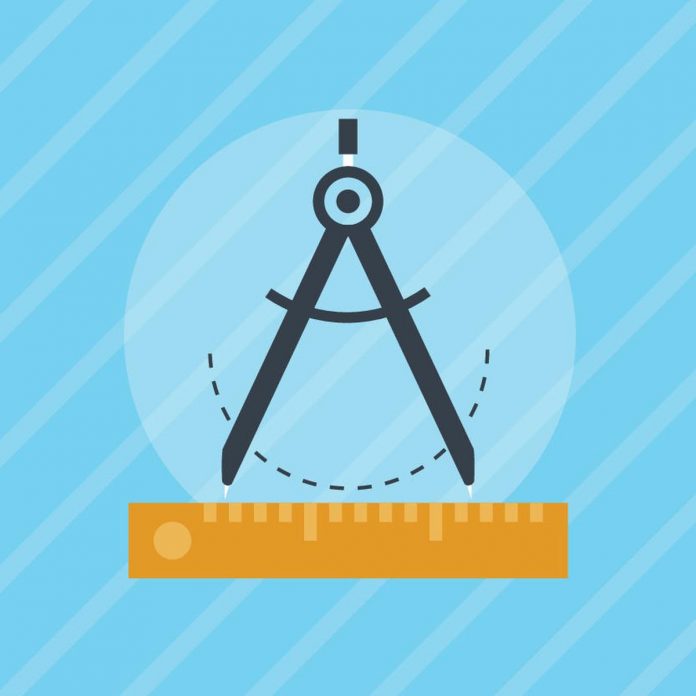“Geometry of Vision ”aims to demystify the way arithmetic works, especially in a non-academic setting. | Photo Credit: Getty Images/IstockPhoto
If you mime a silent Edvard Munch scream every time you see a mathematical problem, perhaps it is time to take a closer look at how much of our life is actually governed by numbers and equations. “Maths has the potential to connect us to universal truths that we can each access directly with our bodies and minds,” says Vijay Ravikumar, a mathematician with a penchant for puppetry and theatre arts.
Ravikumar recently premiered the “Geometry of Vision” series of online learning modules, which examines how we make visual sense of the world around us through Maths. The course has been developed with the support of the National Programme of Technology Enhanced Learning (NPTEL) and is available free online. In India, students can take it for credit at their home institution.
Ravikumar’s own journey into interactive learning has an unusual background. Growing up in the U.S., he obtained a double major in Maths and English Literature from Amherst College, Massachusetts, before pursuing his Ph.D. in Maths at Rutgers University. He moved to India in 2013 for post-doctoral studies at the Tata Institute of Fundamental Research (TIFR) Mumbai, and then became an assistant professor at the Chennai Mathematical Institute.
By 2018, he left academia completely to become a theatre artist and puppeteer. However, Ravikumar shifted his focus back to Maths when the COVID-19 lockdown made online education de rigueur. “Geometry of Vision ”aims to demystify the way arithmetic works, especially in a non-academic setting. While we may not perceive ourselves as born number crunchers, our physical senses are constantly applying mathematical principles to process sensory data, says Ravikumar.
“Arithmetic can be surprisingly intuitive at a visceral level, even if we’ve never thought about it consciously,” he says. His modules explain how the human mind is able to construct an intricate 3D understanding of our surroundings from 2D visual snapshots, by utilising various deep, elegant, and ancient mathematical principles. Beginning with an investigation of perspective drawing, and a survey of techniques artists have used for representing depth, the lessons move on to the “projective geometry” branch of Maths.
“My goal is to create a gateway to fundamental maths that is both accessible and exciting to interested learners from pretty much any background — whether they’re high-school or Ph.D. students, or adult learners looking for interesting activities after retirement,” says Ravikumar.
Keeping in mind that online instruction is a totally different medium from traditional in-person teaching, he has designed an interactive e-book format. “The course is not meant to be accessed through the usual NPTEL portal, but rather through an ‘Interactive Sandbox’ that I designed with Aatish Bhatia, a science writer at the New York Times. The student can scroll through a given lecture watching short, visually engaging videos interspersed with interactive questions, activities, and graphics. The ‘Interactive Sandbox’ is open source, and we plan to create a tutorial so interested teachers can easily adopt it,” he says.
Living and teaching in the U.S. and India has helped him appreciate the varied approaches towards education. “I hope this course can connect with a wide variety of learners, not only in terms of life experiences and mathematical backgrounds but also geographic locations. At the end of the day, one of the aspects I love most about Maths research is how it can bring together people of vastly different cultures, classes, and nationalities in a shared exploration,” he says.
Our code of editorial values
Printable version | Nov 5, 2022 3:23:55 pm | https://www.thehindu.com/education/making-sense-of-the-world-through-maths/article66089600.ece
© THG PUBLISHING PVT LTD.






